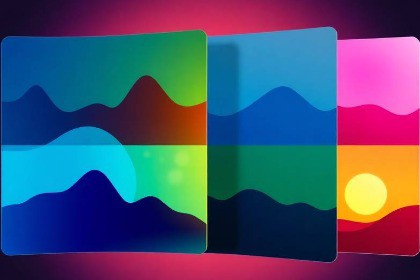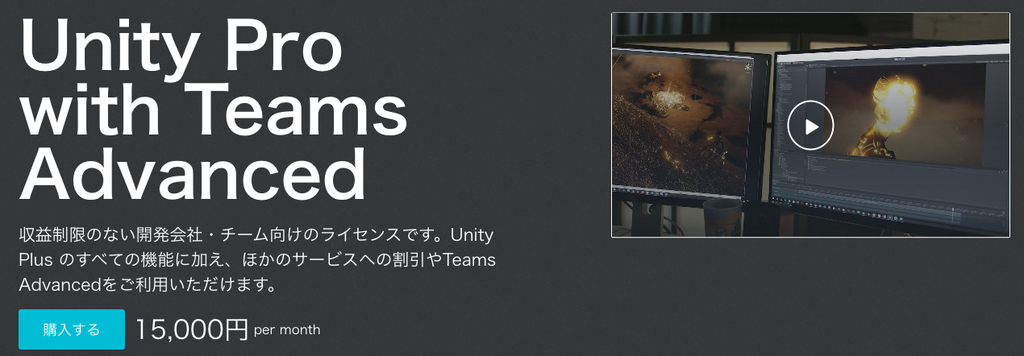
The asset pack uses Scriptable Objects to simplifies scene management with smooth transitions and a scene selector for efficient scene management in Unity. Included is a bonus tag selector pack.Scene Manager RBG Pack streamlines scene management and scene selection in Unity. It includes a SceneList asset that stores scene names (manually updated via a context menu) and a Scene_Manager component for mapping UI buttons to scenes, handling asynchronous scene transitions (with optional fade animations), and optional persistence across scenes. A custom SceneSelector attribute provides a convenient dropdown in the Inspector for consistent scene selection.Bonus asset:The Tag Selector Asset is a lightweight and easy-to-use tool for Unity that provides a custom attribute and property drawer for tag selection. Instead of manually typing tag names into string fields, developers can now select from a dropdown list of available tags in the Unity Inspector. This improves productivity and reduces the risk of typos or mismatches.Technical Details: Scene Manager RBGSceneList ScriptableObject:Purpose: Stores a list of scene names that you update manually using the "Update Scene List" context menu.Note: The list does not auto-populate at runtime—you must update it based on your Editor Build Settings.Scene_Manager Component:Features:Maps UI buttons to scene names using a custom list.Handles asynchronous scene loading with optional fade-out/in transitions (configured via a SetImageUI_RBG component).Offers configurable delays for transitions and an optional persistence mode (singleton behavior) so the manager survives scene loads.Utility: Provides methods for reloading the current scene and quitting the application.SceneSelector Attribute & Drawer:Purpose: Replaces string fields with a dropdown list of scene names, sourced from your manually updated SceneList asset.Benefit: Prevents typos and ensures consistency when assigning scene names in the Inspector.Compatibility:Designed for Unity 2019.4 and above, fully integrated with Unity’s Editor workflow.Technical Details: SetImageUI_RBGthis asset elevates your in-game images and overlays with advanced visual effects such as dynamic fill, fade, and resize animations. Whether you’re aiming to create engaging menu transitions or eye-catching UI feedback, this asset makes it easy to integrate high-quality animations and audio cues directly within the Unity Editor.Key Benefits:Dynamic Image Transitions: Easily animate UI image components with fluid fill and fade effects.Customizable Animations: Fine-tune parameters like fill methods, origins, scale multipliers, and timing to perfectly match your design.Enhanced User Experience: Add sound effects to transitions for a richer, immersive interaction.Intuitive Integration: Exposed serialized fields and simple methods allow for quick setup and customization in your project.Technical Details: Tag Selector AssetPurpose:The Tag Selector component enhances the Unity Inspector by converting string fields marked with the [TagSelector] attribute into a dropdown list of all available tags. This minimizes errors by letting developers select from pre-defined tags rather than typing them manually.Implementation Details:Custom Attribute:The asset includes a simple marker attribute (TagSelectorAttribute) that doesn’t require any additional data. When applied to a string field, it signals the custom property drawer to render a dropdown.Property Drawer (TagSelectorDrawer):The custom property drawer (TagSelectorDrawer) inherits from PropertyDrawer and overrides the OnGUI method to provide a custom editor GUI for the attributed field:Retrieving Tags:It accesses the list of Unity tags via UnityEditorInternal.InternalEditorUtility.tags. This array holds all tags defined in the project.Dropdown Implementation:The drawer determines the current selection by finding the index of the field’s string value in the tags array. It then uses EditorGUI.Popup to display a dropdown list, letting the user choose from the available tags.Property Update:Once a selection is made, the drawer updates the string property to reflect the chosen tag. If the property type is not a string, it falls back to the default property field rendering.Editor Workflow:The use of EditorGUI.BeginProperty and EditorGUI.EndProperty ensures proper handling of prefab overrides and multi-object editing.Usage:To use the Tag Selector, simply decorate any serialized string field with [TagSelector]. In the Inspector, that field will be rendered as a dropdown, populated with all tags defined in your project.-Used AI to help debug the scripts







